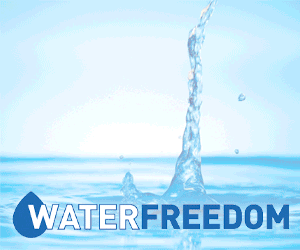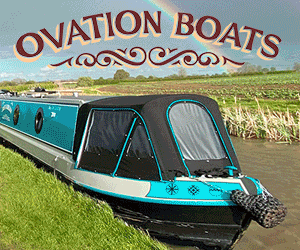Coronation on the Cut
Coronation on the Cut
How working boaters celebrated the three coronations of the 20th century
We don’t know whether the majority of today’s boaters were inclined to partake in the coronation celebrations of King Charles III at the beginning of May. But, if photographic evidence is anything to go by, the working boat people of the 20th century were a right royalist bunch who threw themselves wholeheartedly into marking the occasion.
There were three coronations during this period - King George V in 1911; King George VI in 1937 and Queen Elizabeth II in 1953 - and for each event each, boats were decorated with union flags and bunting, while their crews turned out in their Sunday best, perhaps even donning a buttonhole flower or smart hat to honour the crowing of a new sovereign.
Most workers were given time off too, with some employers even providing food and drink. No doubt, boaters welcomed a day’s holiday as a respite from the relentless routine of carrying cargoes around the country.



Canal king
It should be noted that King Charles III’s connections with modern canals goes back quite some time.
It started with the Montgomery Canal. In the early 1970s the young Charles headed a new Welsh charity, the Prince of Wales Committee. The Montgomery restorers say his support was key to restoring 7 miles of the canal around Welshpool, including fighting attempts to build the new A483 . This helped the restoration take off, and those involved showed their appreciation by asking him to officially reopen Welshpool Lock in May 1974.
In 2012 Charles accepted an offer to become patron of the new Canal & River Trust. In a video address at the launch he recalled his 1970s efforts to help the Montgomery restoration. In the same year Camilla, the future Queen Consort, in her first waterways engagement, joined him on a visit to the Monmouthshire & Brecon Canal. She later became a patron of the Wilts & Berks Canal Trust.
More recently, in 2021, he travelled aboard historic working narrowboat Scorpio for Coventry’s City of Culture celebrations, while his message to CRT on its tenth anniversary the following year is particularly salient, “When I reflect on all that has been achieved [on the waterways] none of it could have been done without the tireless help of the extraordinary volunteers.”
 CCT copy.jpg)
This article is an abridged version of a feature in Waterways World July 2023





